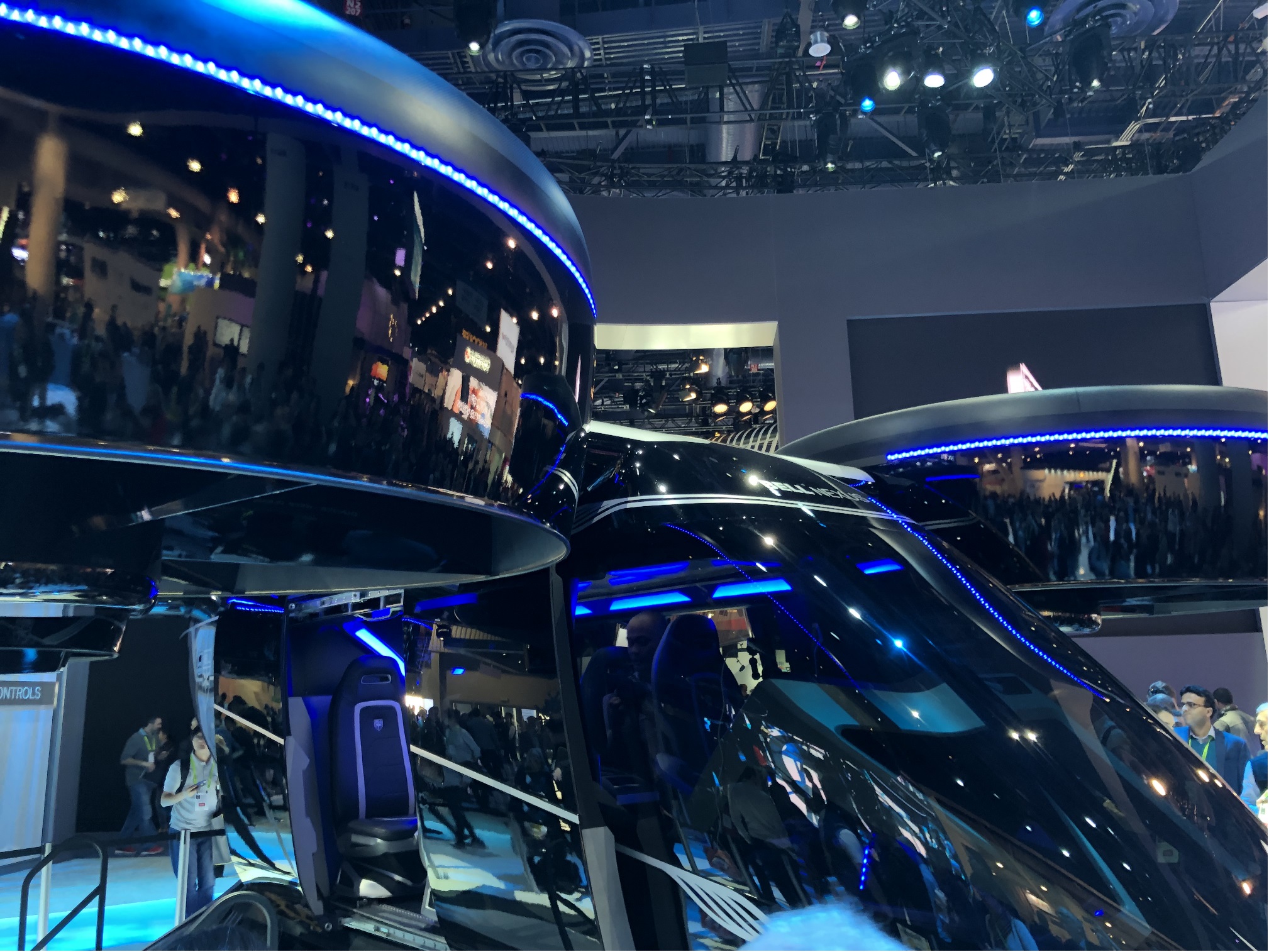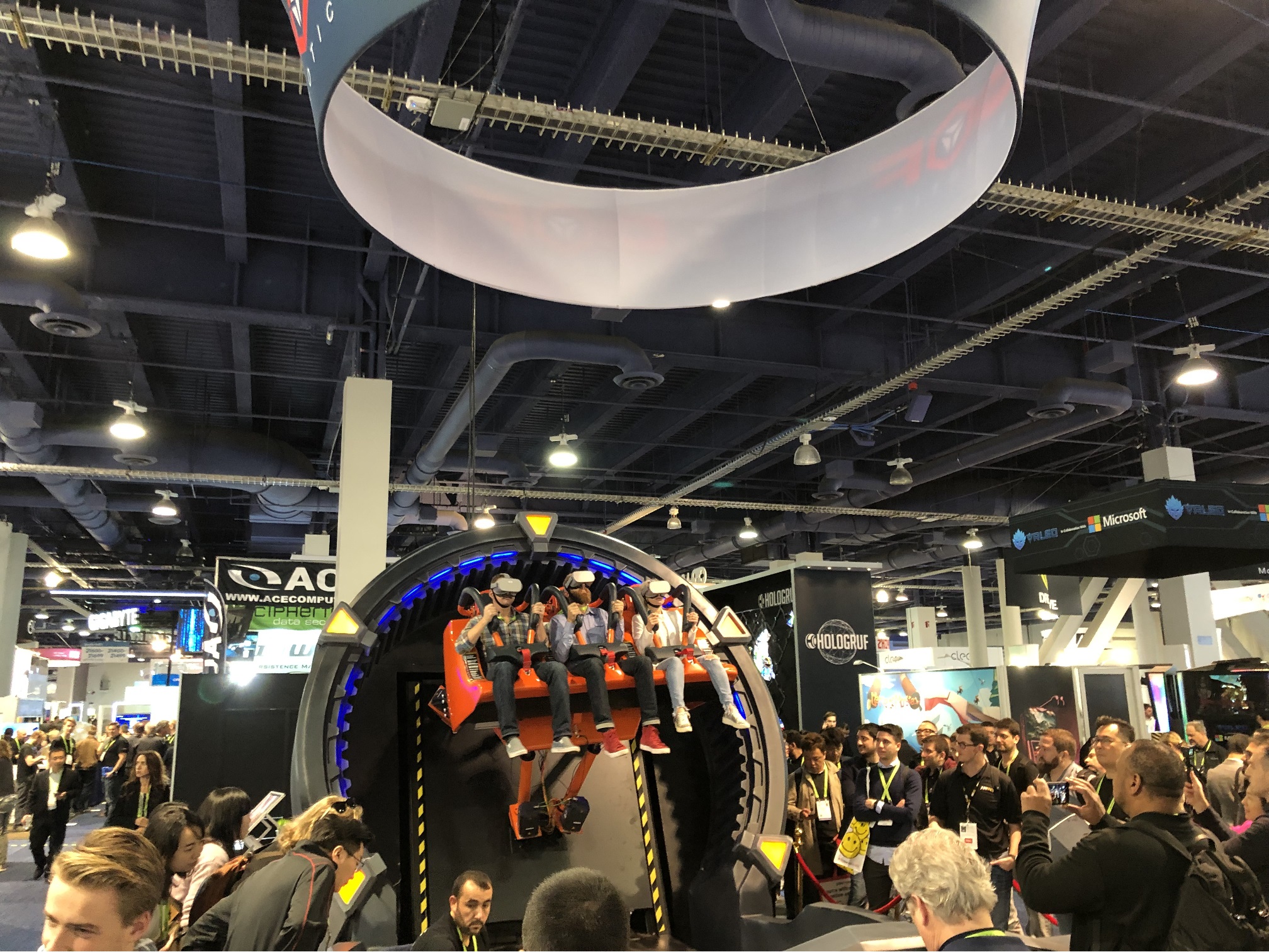It’s been almost two months since the AIXPRT Community Preview went live, and we want to provide folks with a quick update. Community Preview periods for the XPRTs generally last about a month. Because of the complexity of AIXPRT and some of the feedback we’ve received, we plan to release a second AIXPRT Community Preview (CP2) later this month.
One of the biggest additions in CP2 will be the ability to run AIXPRT on Windows. AIXPRT currently requires test systems to run Ubuntu 16.04 LTS. This is fine for testers accustomed to Linux environments, but presents obstacles for those who want to test in a traditional Windows environment. We will not be changing the tests themselves, so this update will not influence existing results from Ubuntu. We plan to make CP2 available for download from the BenchmarkXPRT website for people who don’t wish to deal with GitHub.
Also, after speaking with testers and learning more about the kinds of data points people are looking for in AIXPRT results, we’ve decided to make significant adjustments to the AIXPRT results viewer. To make it easier for visitors to find what they’re looking for, we’ll add filters for key categories such as batch size, toolkit, and latency percentile (e.g., 50th, 90th, 99th), among others. We’ll also allow users to set desired ranges for metrics such as throughput and latency.
Finally, we’re adding a demo mode that displays some images and other information on the screen while a test is running to give users a better idea what is happening. While we haven’t seen results change while running in demo mode, users should not publish demo results or use them for comparison.
We hope to release CP2 in the second half of May and a GA version in mid-June. However, this project has more uncertainties than we usually encounter with the XPRTs, so that timeline could easily change.
We’ll continue to keep everyone up to date with AIXPRT news here in the blog. As always, we appreciate your suggestions. If you have any questions or comments about AIXPRT, please let us know.
Bill















